Until the Covid pandemic hit, Autocar’s January news pages were traditionally filled by America’s biggest motor show, hosted by Detroit, Michigan – Motown.
The 2001 edition in hindsight was especially notable. Yes, it was here where we were all enlightened by the facelifted Daewoo Leganza.
Lol, okay, sorry: it was here where BMW’s Chris Bangle first showed his controversial Flame Surfacing, Nissan previewed the 350Z, Volvo signalled its SUV intentions and Volkswagen took the first step in its 20-year journey to a revival of the iconic Type 2 ‘hippie bus’.
Autocar Archive returns: 128 years of magazines available online
BMW had acquired new panel-making technology that enabled compound curves to be produced with one pressing, and its veteran chief designer sought to capitalise on it, creating a new vibe that took influence from deconstructivist architecture (think Frank Gehry’s Guggenheim Museum in Bilbao).
“Flame Surfacing gives body surfaces the freedom to turn in on themselves and create a series of concave and convex design lines,” explained BMW as it unwrapped the X Coupé concept – a Z3-like but high-sided sports car based on the chassis of the X5, released a year earlier as BMW’s first-ever SUV.
As if it having four-wheel drive wasn’t bold enough, the X Coupé’s 3.0-litre turbo straight six drank diesel (it was taken from the 330d).
It was said to preview the Z4, due in 2002, but while that car indeed was a Flame Surfacing design, it was still a conventional roadster and powered by a petrol engine.
Interestingly, Audi had shown off a similar concept in 2000 – the quite fantastic Steppenwolf, which looked like a TT plonked onto an oversized chassis – but likewise never put it into production.
Perhaps the closest thing to the X Coupé the public ever got from BMW was actually the X6, the X5’s sloped-rear sibling, which arrived in 2007 as the first real SUV-coupé.
Those are in vogue today – as, of course, are raised, 4x4 sports cars such as the Porsche 911 Dakar…
Nissan’s Z Concept was far more conventional and arguably more exciting, previewing a successor to the Z32-generation 300ZX, which by then looked very dated, having been designed way back in 1986.
“[It] represents Z brought into the 21st century,” explained design director Shiro Nakamura. “Our desire was to honour its Z-ness yet not be retro.” Indeed, the team had toned down the 240Z similarities apparent in their 1999 concept.
The new TT rival from Japan had a 3.5-litre V6 sending 260bhp to its rear wheels alone, making it good for 0-60mph in less than 6sec.
“Our target for the new Z is to be the best-handling, best-performing volume sports car on the market,” said Nissan boss Carlos Ghosn, promising a “truly attainable” price of around £25,000.
And all this came to be: we put the “bad-boy” 350Z top of its class in our 2003 road test, ahead of the TT, BMW 325Ci and Mazda RX-8.
There was another Japanese sports car concept unveiled at Detroit 2001 – in fact, the successor to what some consider to be the best front-wheel-drive car ever – but sadly the RSX, which had a 200bhp four-pot engine with Honda’s new i-VTEC technology, resulted in a Mk2 Integra Type R that was offered only in Japan.
Eventually we got our hands on a grey import and predictably found it was excellent. Sigh.
Could’ve been worse, though: the Volkswagen Microbus was a Detroit debutant that nobody would ever get their hands on.
“Its high waistline, wraparound windows and minuscule overhangs all hark back to the ’50s original,” we said of the Californian design.
It was due to enter production in 2005, based on the T5-generation Transporter, but instead VW made a boring Multivan. Boo!
It took 21 years and three more concepts (in 2011, 2016 and 2017) before the bus was finally reborn as the ID Buzz.
Another concept designed in California and revealed at Detroit 2001 was the imaginatively named (cough) Volvo Adventure Concept Car, which melded Peter Horbury’s handsome design ethos with the chunky, off-roady cues expected of what we then called 4x4s.
Not to say it was influential or anything, but Volvo has since sold 1.3 million XC90s and today offers British customers an SUV, an SUV, an SUV, an SUV, an SUV or an SUV.

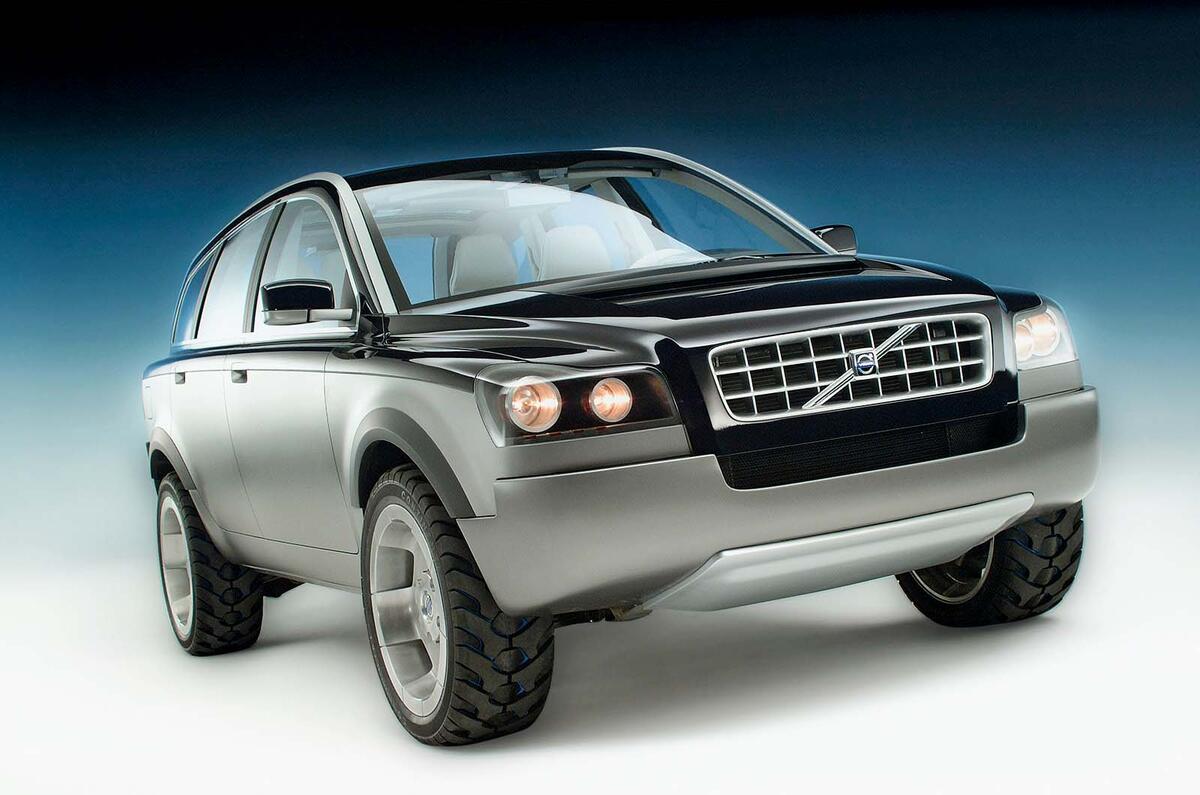
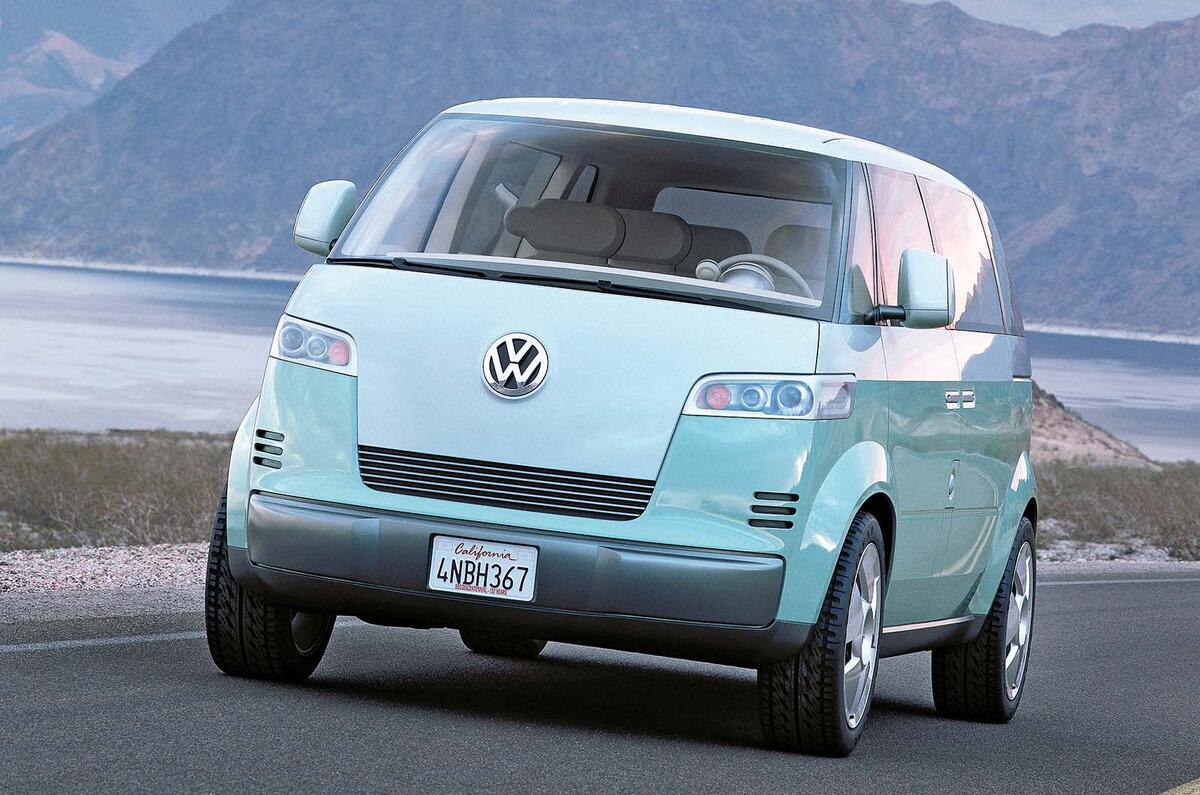
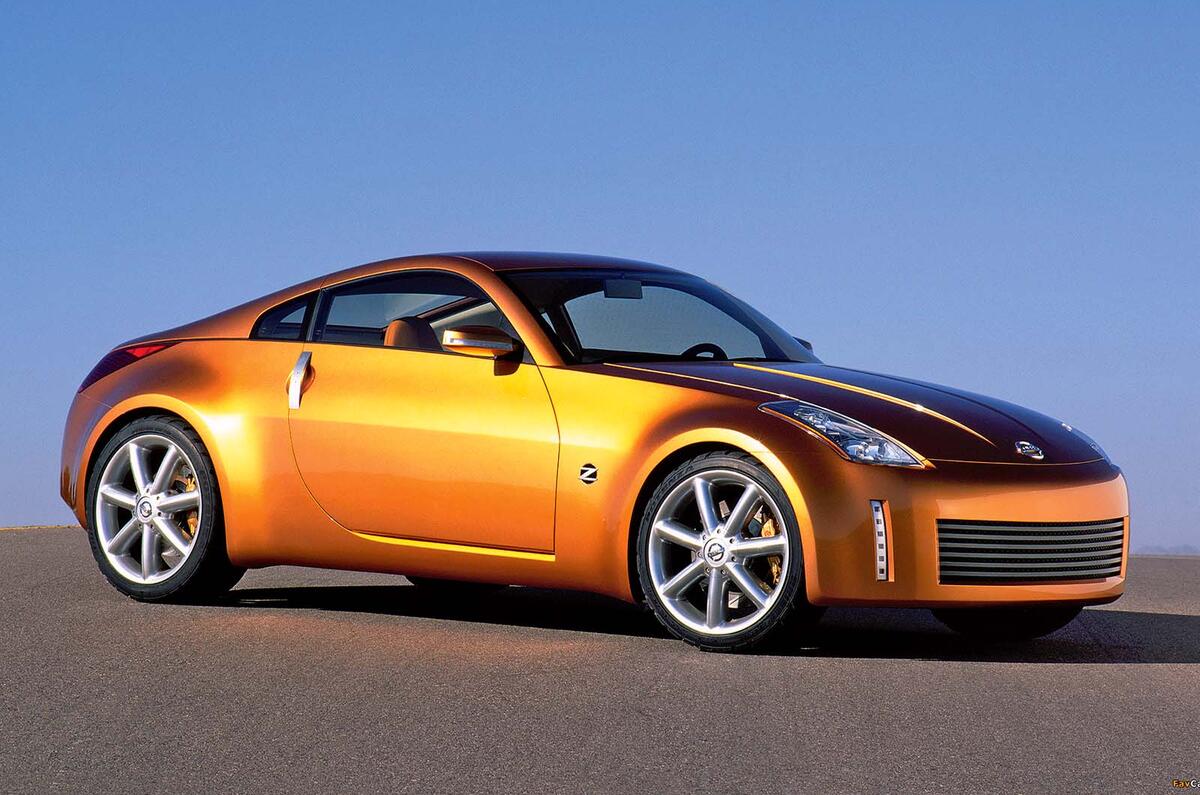
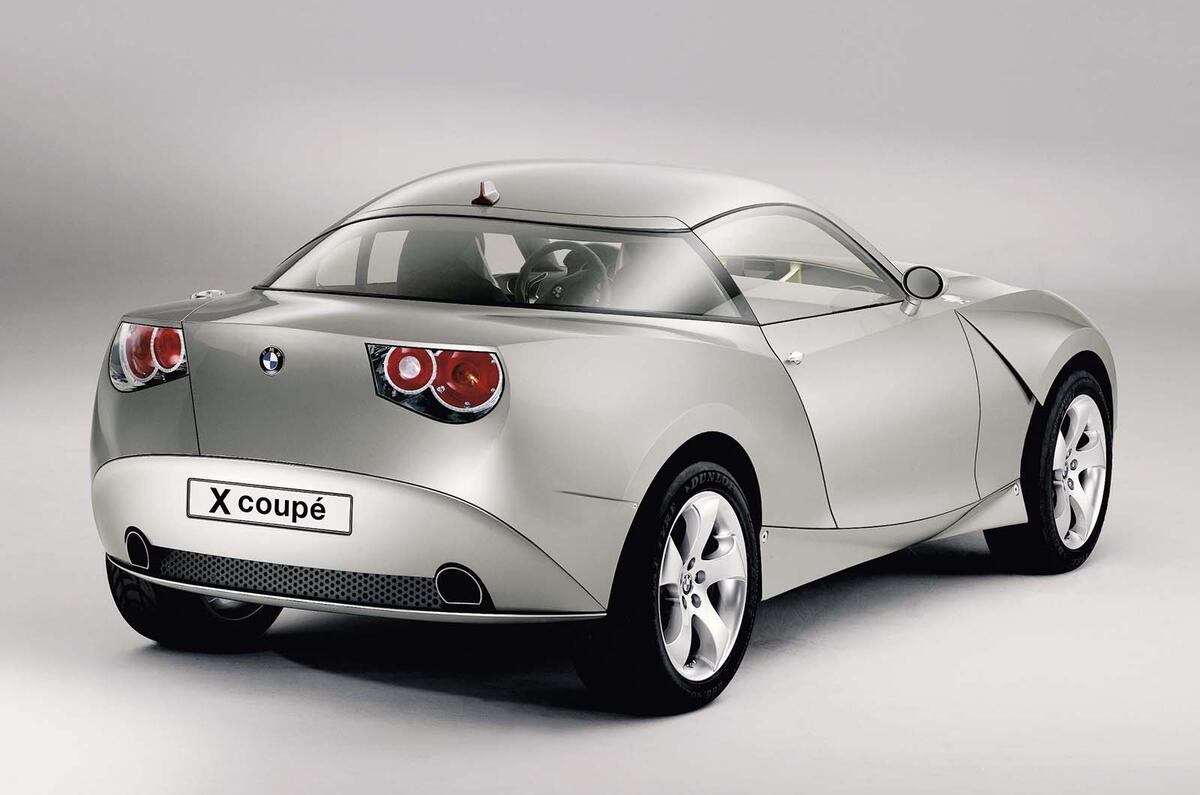

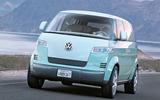
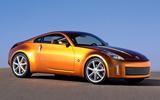
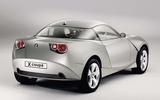


Add your comment